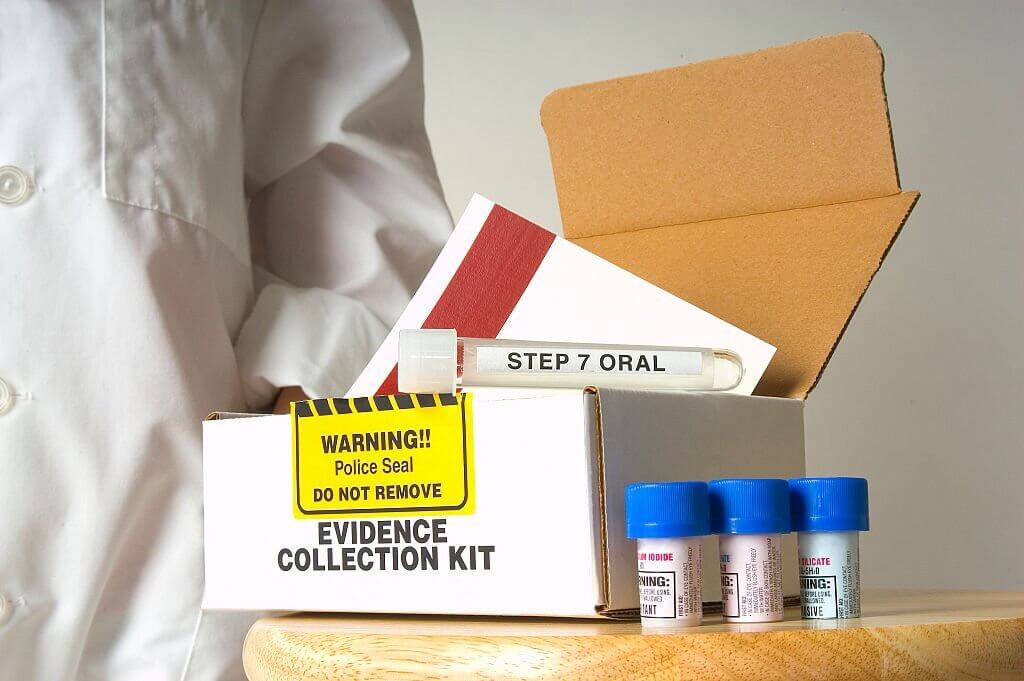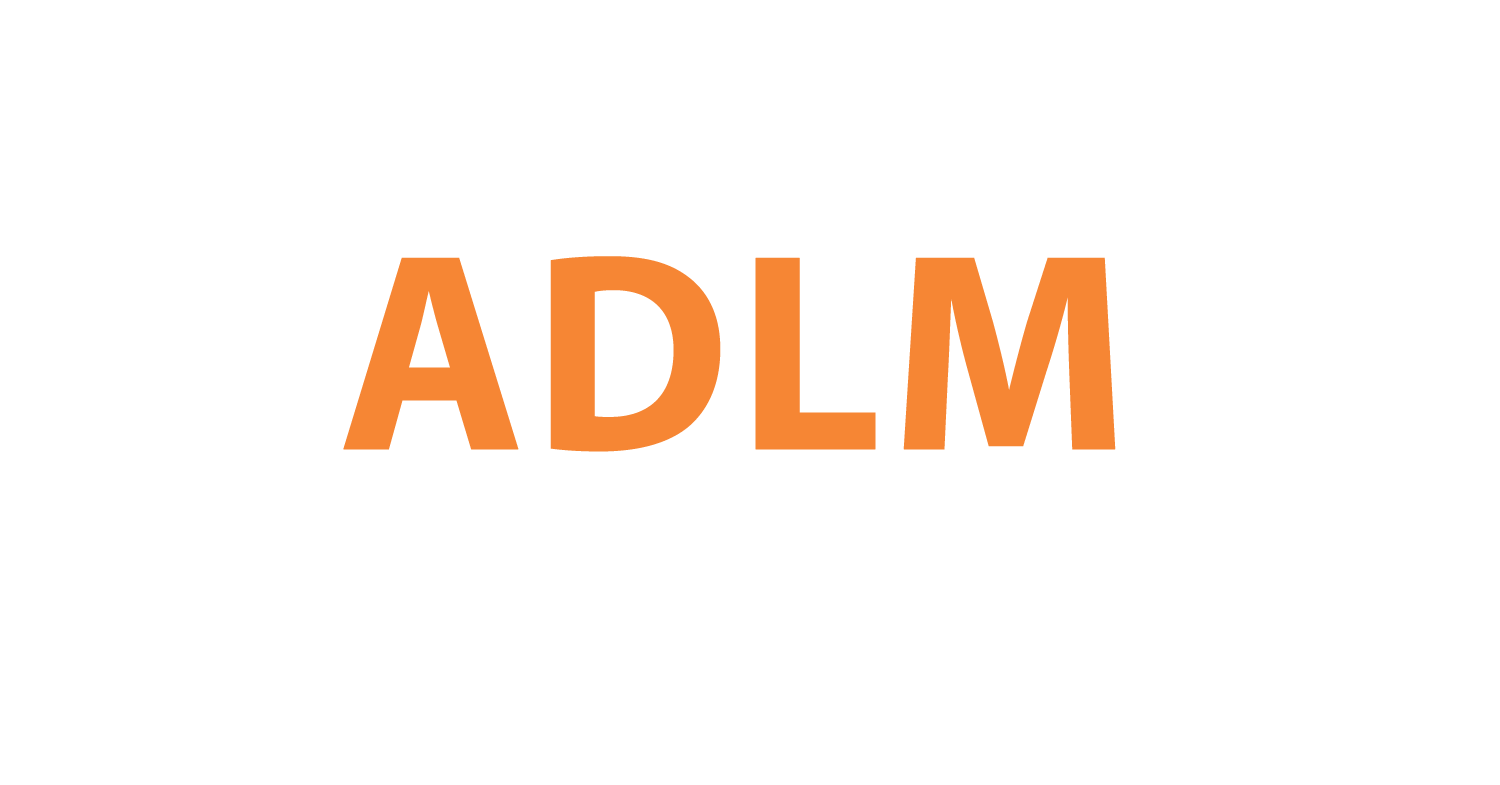Efficiency and Convenience of DNA Collection Using Buccal Swabs

DNA analysis plays a critical role in a myriad of fields, including genetic research, disease diagnosis, and forensic science. Traditionally, collecting DNA samples involves blood draw, which can be intrusive, expensive, and requires trained medical personnel. A groundbreaking method involving buccal swabs, however, is emerging as a game-changer in this arena, revolutionizing the way DNA collection and analysis is performed.
Buccal swabs are tools used to collect cells from the inside of a person's cheek, a process that is significantly less invasive and far more cost-effective than blood collection. But does the ease of buccal swabbing translate to reliable and efficient DNA extraction for high-throughput genomic analysis? Recent research provides a resounding 'yes'.
An extensive study tested the viability of buccal swabs for large-scale DNA analysis by examining 34 individuals using various commercially available buccal swabs and DNA extraction kits. The Catch-All swabs, in combination with the Isohelix buccal DNA isolation kit, emerged as the most effective duo for this application. The results demonstrated that DNA collected with Catch-All swabs and isolated using the Isohelix kit met the quantitative and qualitative requirements necessary for high-throughput Single Nucleotide Polymorphism (SNP) multiplex analysis. Even more impressively, this methodology was further extended and successfully applied to over a thousand samples as part of a larger cohort study.
What set the Catch-All swabs apart was their packaging convenience that allowed for direct labeling without removing any sealed packaging. As for the DNA extraction kits, the Isohelix buccal DNA isolation kit was favored due to its time efficiency and compatibility with the existing laboratory setup.
Moreover, a noteworthy advantage of this method was that the samples were stable enough to withstand mailing and processing delays without any significant impact on the DNA quantity, offering a potential for self-collection and mail-in samples.
It's crucial, however, to consider that the success of buccal swab collection is influenced by the participant's compliance in providing sufficient epithelial cells. As the process is easy and affordable, re-sampling is feasible if the initial assay fails.
Buccal swabs present an unprecedented opportunity for non-invasive, cost-effective, and reliable DNA collection, compatible with high-throughput genomic analysis. Their potential for self-collection and mailing opens new avenues for remote and large-scale genetic studies, demonstrating that the future of DNA analysis is not only efficient but also widely accessible.
Reference
McMichael GL, Gibson CS, O'Callaghan ME, Goldwater PN, Dekker GA, Haan EA, MacLennan AH; South Australian Cerebral Palsy Research Group. DNA from buccal swabs suitable for high-throughput SNP multiplex analysis. J Biomol Tech. 2009 Dec;20(5):232-5. PMID: 19949693; PMCID: PMC2777348.
Related Posts
The Potential of Buccal Swab for DNA Age Prediction
How to Prevent DNA Degradation in Urine Samples?
Systematic Optimization of Urine DNA Isolation for Microbiome Sequencing
Enhance DNA Extraction from Urine Using Tris-EDTA Treatment
UTI Stops DNA Degradation in Frozen Forensic Urine Samples
The Potential of Buccal Swab for DNA Age Prediction
Comparison of Different DNA Testing Techniques and Their Applications
How Should DNA Sample Collections Be Managed?
Buccal Swabs: The Gold Standard for Human DNA Collection









